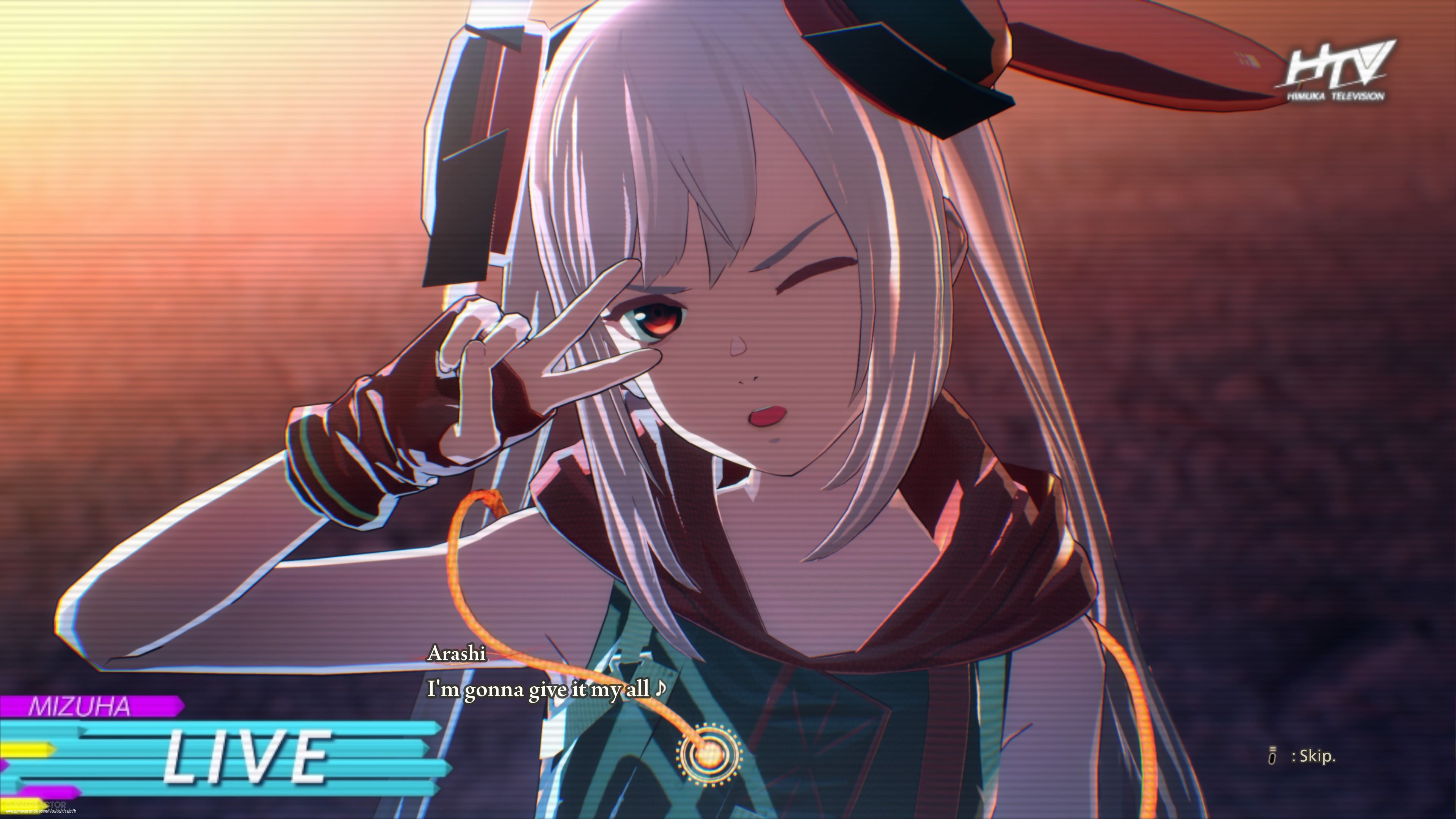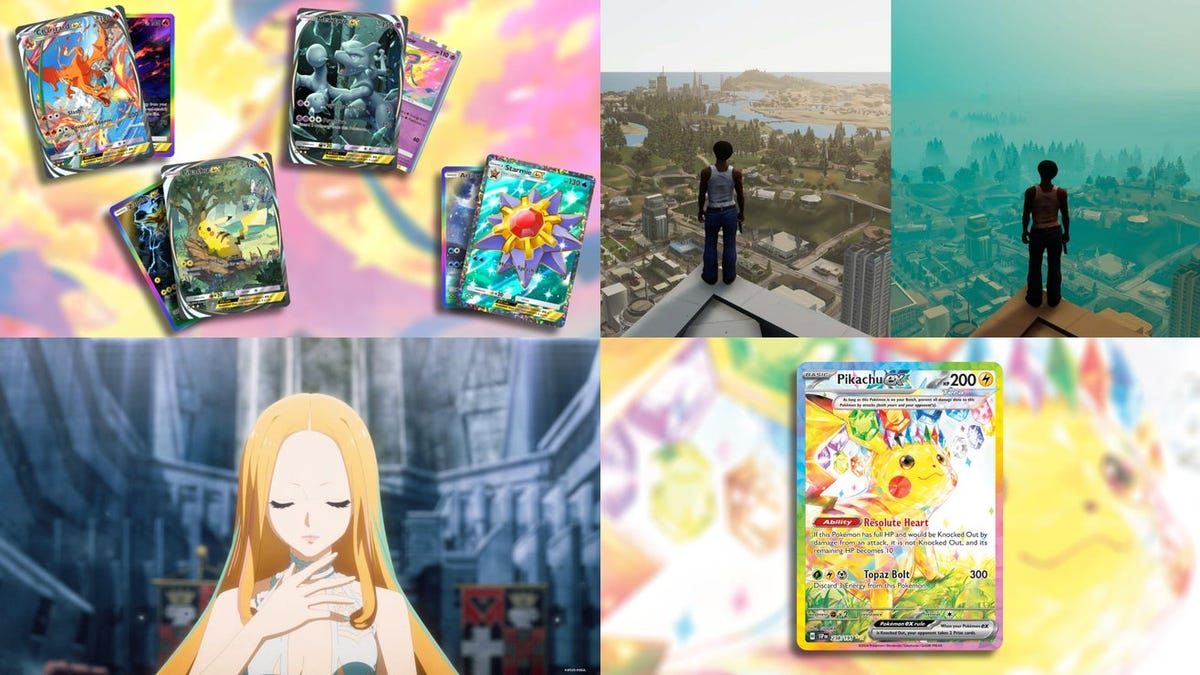Two young soldiers stand in the eye of the hurricane in Bandai Namco’s new action game: Kasane and Yuito. At the start of the game, you have to decide which of the two you want to drive, and that decision will determine how much of your connected adventure you will experience over the next few hours. Although the developers claim that a single game (which can easily be over 25 hours) is enough to keep track of the entire story, you need to experience both sides of the coin to fully understand what is happening. Yuito’s challenges are very different from those of Kasane’s adventures, although both will have many difficulties in Scarlet Nexus.
The story of this game starts with closeness and a personal touch, but it also goes far. We begin our journey as part of a small military corps where our budding heroes make a name for themselves. Knowing them all is just the beginning, because from here socio-political and existential questions take over. It can be difficult to keep track of the sheer number of topics Bandai Namco brings to the table as the plot progresses, as not all of them are treated to the same quality. It is all the more important to experience the second perspective that the game offers. If you quit after your first game, you may have understood the general idea, but you will be missing out on a lot of important aspects and background information.
It is worth mentioning that the two protagonists of Scarlet Nexus also differ from one another in the style of play. Kasane uses pointed daggers as his main weapon in mid-range combat, while Yuito is a swordsman who is always right in the middle of the action. Both get help from their own teammates who also have unique skills. While there really isn’t a whole lot of difference between using fire or electricity to power your guns or not, relying on camouflage and illusions in combat is very different from relying directly on yourself with protective skin harder than stone Teleport fight.
The combat system is one of the most exciting topics in the game, but I think it doesn’t quite work out in the end. We can fight up close and use telekinesis skills, as well as use a wide range of unlockable movements and even different combat modes to gradually reduce the enemy’s life bar or mental state. When this second bar is empty we can launch a very powerful attack, “Brain Crush”, which usually kills most enemies with a single hit. Playing aggressively works, but when fighting multiple enemies at the same time there is a lot of defending you need to defend yourself by dodging. Since our attacks can be easily interrupted, skirmishes can burst almost without realizing it, so you’ll have to walk with lead feet.
Most of the battles (and the level design too, by the way) are very much geared towards harnessing the skills of our respective teams so that players can learn when to use certain skills. The number of skills you can use grows as the game progresses and it can get a little tricky in the final third as many encounters require forcing certain counterattacks. You can only defeat the opponent with normal attacks at a time, but the fluidity of the game suffers a lot. The game design isn’t as restrictive as in Doom Eternal, for example, but it’s better to follow the developers’ recommendations if you don’t want to complicate your life.
As you go from main mission to main mission, you can immerse yourself in the optional secondary content or hang out with your friends. The secondary activities are very general: “Kill enemy X with condition Y”. Therefore, it is better not to spend a lot of time on it. If, on the other hand, you choose to focus your efforts on your comrades, you will have a great time as the development team did a very good job of representing each other’s growth through the jokes being thrown at each other. By taking good care of your teammates, you can unlock powerful special abilities that expand the restrictive combat mechanics of Scarlet Nexus a bit.
Scarlet Nexus plunges us into what is known as the “brainpunk” era, which is basically a futuristic science fiction fantasy in which people learned to use magic. In this world everyone is interconnected and the brains have evolved enough to function as biological supercomputers. Visually, the world design chosen by Bandai Namco and much more is based on certain more than established cyberpunk tropes that nurture the idea that everything is pretty well connected. The very well executed anime style gives Scarlet Nexus a concise visual identity that manages to bring the most inspiring images to life from time to time.
The horribly disfigured monsters we face in this game are equally memorable, but for a different reason. They come from the hand of the Japanese artist Masakazu Yamshiro, who is able to fuse everyday objects with animal limbs to bring grotesque and deformed nightmare creatures to life. Although these monsters devour brains, the game does not use the representation of explicit violence, but is released for teenage audiences. It’s not exactly a zombie movie. And I underline it because some of the subjects this story touches struck me as extraordinarily macabre and obscure.
It is clear that Bandai Namco goes to great lengths to explain the many complex abstract themes of Scarlet Nexus in the best possible way, but it doesn’t always succeed. Unfortunately, the narrative problems arise from the very dual nature of the structure of the story, and that makes it difficult to process the twists and turns of the script during your first game. Our two protagonists receive different information and the exchange of views often takes place in group discussions or through team dialogues with many people in conversation. To be clear, it takes so much attention that you better take the time between fights to soak up all the details.
Unfortunately, in the end, this is a bigger problem than you can imagine. The developers obviously put a lot of time into building this fantasy world, the premise of the story, and everything that surrounds it. However, to fully cover Scarlet Nexus you will have to play it twice. On the flip side, the final chapters drag on for hours trying to update the stories of both characters and bring both adventures to a grand finale that practically undermines the central premise of playing a second game (basically because you almost force you to take a break afterwards). Still, if you can relax from those little detours, you can certainly have a blast with Scarlet Nexus’ fascinating science fiction fantasy.








